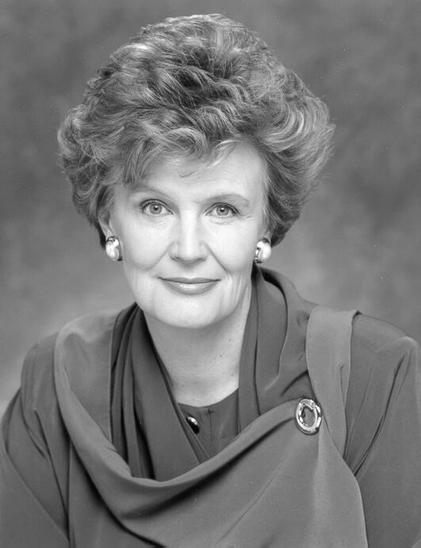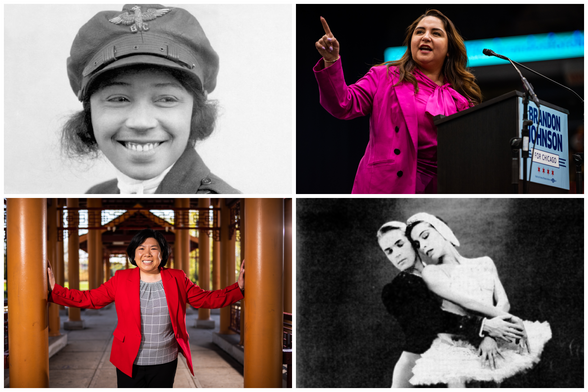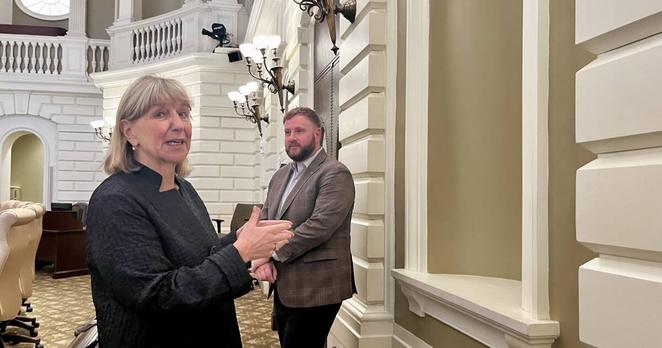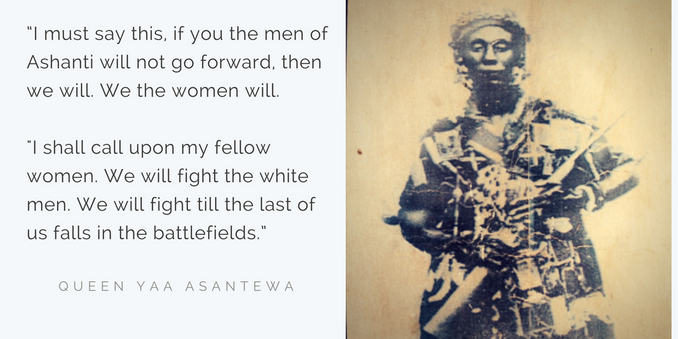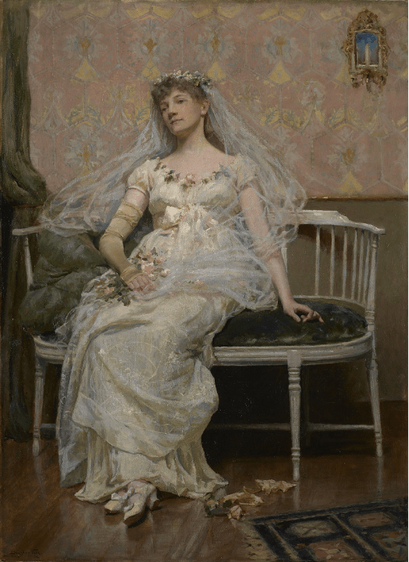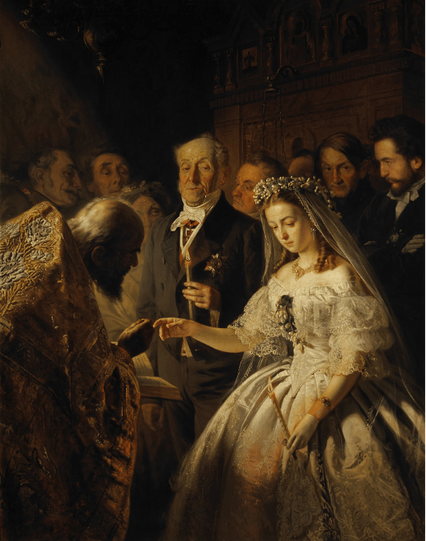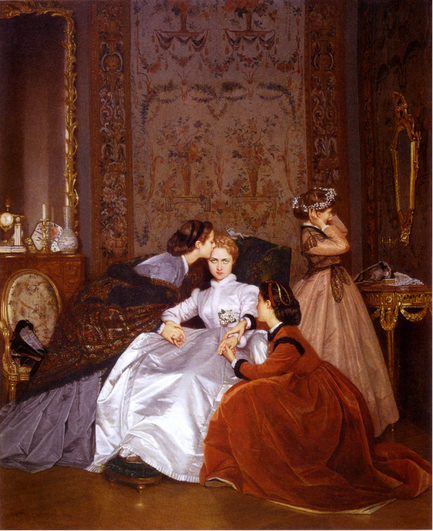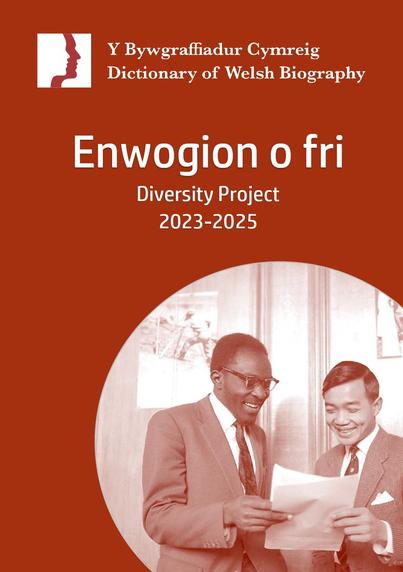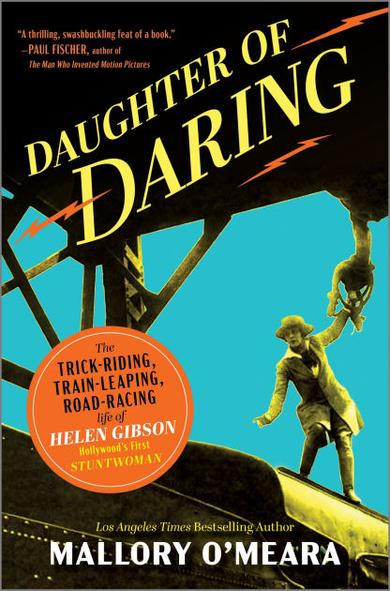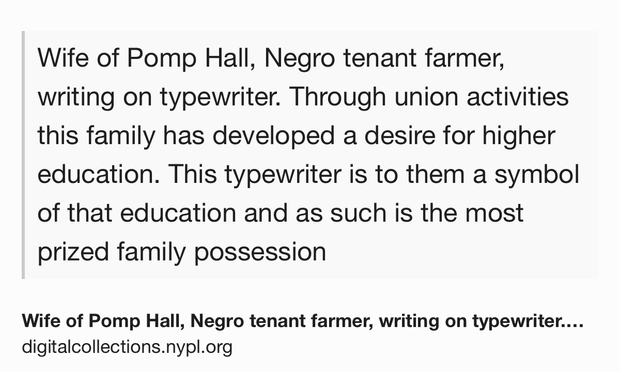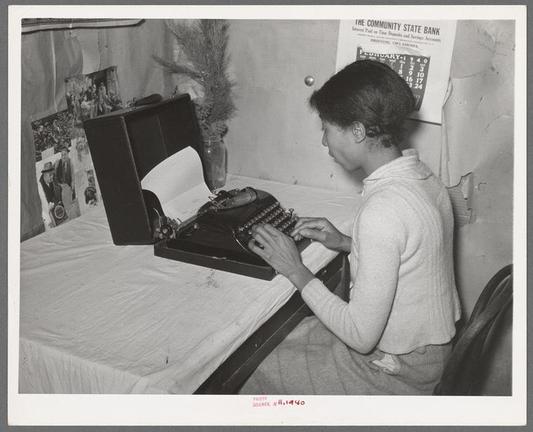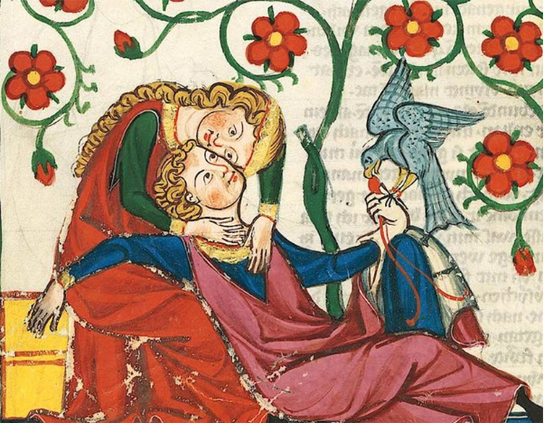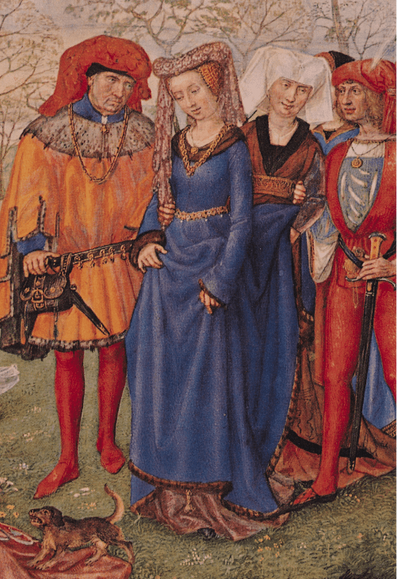~ The history of marriage, Europe part I ~
The average age of marriage for most of Northwestern Europe from 1500 to 1800 was around 25 years of age; as the Church dictated that both parties had to be at least 21 years of age to marry without the consent of their parents, the bride and groom were roughly the same age, with most brides in their early twenties and most grooms two or three years older, and a substantial number of women married for the first time in their thirties and forties, particularly in urban areas, with the average age at first marriage rising and falling as circumstances dictated. In better times, more people could afford to marry earlier and thus fertility rose and conversely marriages were delayed or forgone when times were bad, thus restricting family size.
As part of the Protestant Reformation, the role of recording marriages and setting the rules for marriage passed to the state, reflecting Martin Luther's view that marriage was a "worldly thing". In England, under the Anglican Church, marriage by consent and cohabitation was valid until the passage of Lord Hardwicke's Act in 1753. This act instituted certain requirements for marriage, including the performance of a religious ceremony observed by witnesses.
As part of the Counter-Reformation, in 1563 the Council of Trent decreed that a Roman Catholic marriage would be recognized only if the marriage ceremony was officiated by a priest with two witnesses.
In England and Wales, since 1837, civil marriages have been recognized as a legal alternative to church marriages under the Marriage Act 1836. In Germany, civil marriages were recognized in 1875. This law permitted a declaration of the marriage before an official clerk of the civil administration, when both spouses affirmed their will to marry, to constitute a legally recognized valid and effective marriage.
#history #art #arthistory #painting #womenshistory #womenfromhistory


